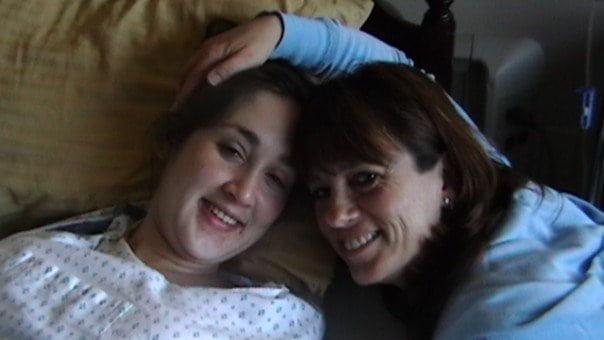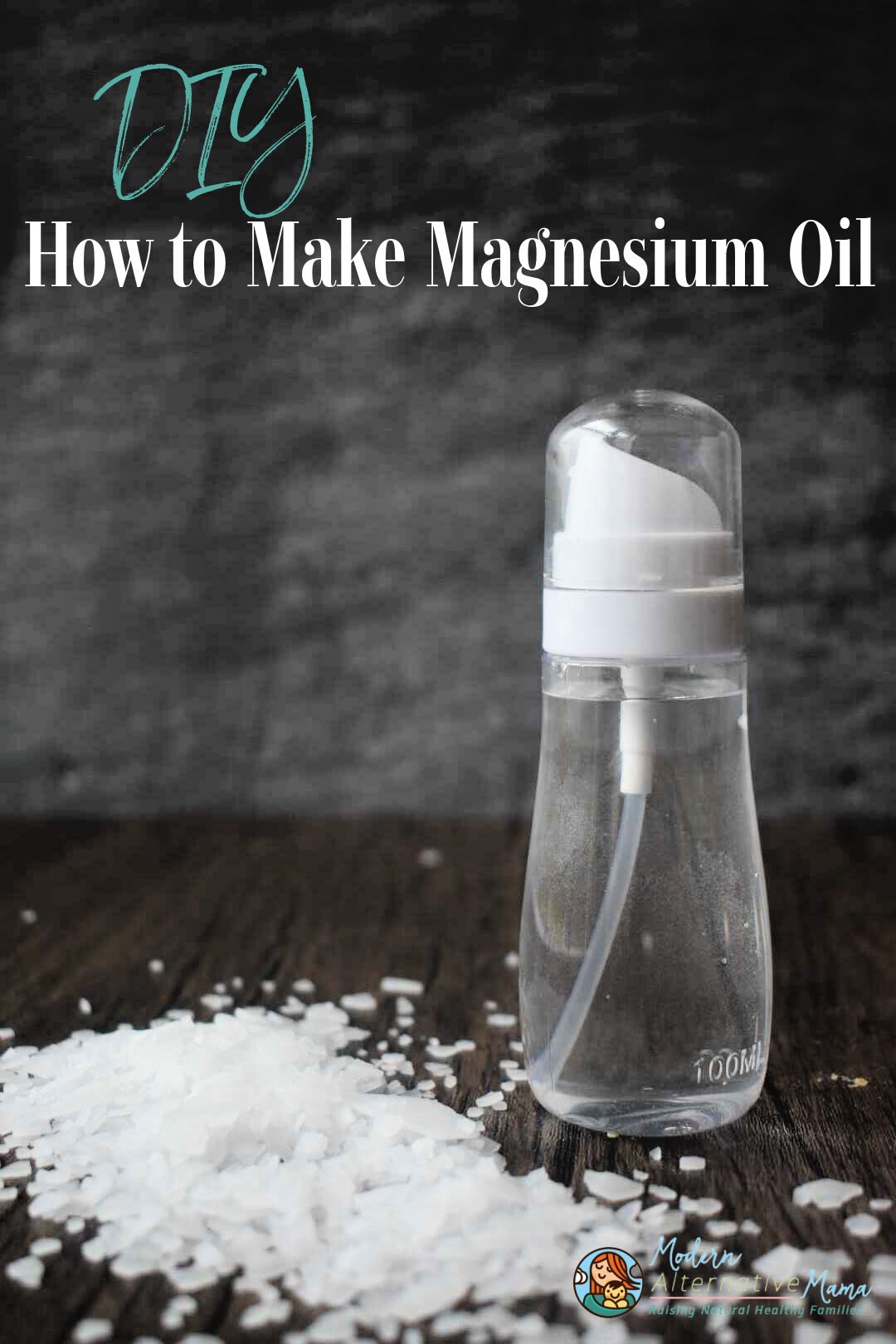Many families are interested in unassisted childbirth, or “family birth,” where you choose not to have a medical professional at your baby’s birth. A natural preparation for unassisted childbirth is unassisted prenatal care.
It’s important to understand that unassisted prenatal care is NOT the same thing as “no prenatal care,” as many assume. Instead, unassisted care is choosing to manage your pregnancy and your health on your own terms. You might actually decide to consult with a care provider at particular times (or you might not) – but you are taking responsibility for your pregnancy.
Before we jump into what unassisted prenatal care looks like, I want you to realize that ANY pregnant woman is doing her own care for most of her pregnancy. You see your doctor or midwife only a small percentage of the days you’re pregnant – and you take care of yourself all the rest of the days! So every mama-to-be is, in a sense, unassisted on most days 🙂 I love this from Jan Tritten, editor of Midwifery Today:
“Of course, as Carol [Gautschhi] said, you must be willing to take responsibility. She and I both say very often, ‘Prenatal care is what you do between the visits to your midwife!'” 1
Choosing What You Want to Do
I’m going to go through quite a few options for self-monitoring and record-keeping in this article. Remember, what you do is up to you. You don’t have to everything I discuss, because conscious, aware women are often very in tune with what’s going on with their bodies and their babies during pregnancy.
Cultivating this consciousness is a good thing, and compliments perfectly basic care strategies such as eating a great pregnancy diet, enjoying movement and perhaps moderate exercise, and preparing for birthing your babe.
You may want to do more than that – checking things such as blood pressure, keeping records, etc. I think it’s good to understand why you might choose to do those things and to at least consider them, even if you ultimately decide not to do them.
It is true that pregnancy is natural, and it’s also true that it’s a big change that affects literally every system of your body. Gaining knowledge doesn’t have to be as extensive as going to medical school or even consulting medical textbooks, but “doing your homework” on pregnancy changes means you take great care of yourself and your baby 🙂
You can keep a simple spreadsheet or log with your information – or even a journal where you write down what you’ve noted, your thoughts and feelings, etc. I opted to fill out a record/journal sheet weekly during my last pregnancy, but you can do what works for you.
With that, lets jump into some options for care!
Checking Blood Pressure
Blood pressure is checked at every prenatal appointment. It’s an indicator for how mama’s cardiovascular system is doing.
Checking your blood pressure is easy to do at home with an electronic cuff. It may not be quite as accurate as the one your midwife or nurse uses, but using the same machine will give fairly consistent readings. Make sure you use the right sized cuff.
Even if you don’t check your blood pressure frequently, having a baseline is a valuable thing. Check your blood pressure a few different times early in your pregnancy so you know what “normal” is for you. You can refer back to this number if you’re concerned for any reason later in your pregnancy.
Your blood volume expands greatly in pregnancy (by about 60%), which generally causes a slightly lower blood pressure around the 28 week mark, when expansion reaches its peak (and stays at that level of expansion until your baby is born).
Monitoring Weight Gain
Weight gain isn’t particularly important for many women during pregnancy, yet it’s universally measured as part of a standard prenatal care regime.
Checking weight gain is important in a few instances:
- You’re underweight when you begin pregnancy
- You’re carrying multiples
- You have a lot of swelling (resulting in rapid weight gain)
- You’re concerned about blood sugar/gestational diabetes
There may be other, similar reasons to check gain. But in well-nourished mothers, weight gain has been shown to be all over the place – meaning a wide range of gains produces healthy babies and healthy pregnancies.
Like with blood pressure, establishing a baseline weight in early pregnancy may be helpful, or you may want to weigh throughout your pregnancy just so you know what’s going on, and can make changes or seek outside advice if something is concerning you.
Urine Checks
Many women discover they’re pregnant by peeing on a stick – and a urine dipstick is used throughout the rest of pregnancy, too!
The dipstick used at prenatal appointments isn’t testing for HCG (the hormone in urine that causes a pregnancy test to turn positive). Depending on the one you choose, it can actually test for quite a few different things. You can buy test sticks from Amazon.com and from many medical supply companies pretty inexpensively (a $20 batch will last your whole pregnancy).
The two important markers are protein and glucose (sugar), but many test strips have boxes for ketones, leukocytes, and other trace markers.
To use a dipstick, you do a “clean catch” of urine in a cup (release a little urine into the toilet, then stop the stream and position the cup to catch more. Dixie cups work well for this). Then dip in the dipstick for the time directed in the instructions for your brand of test. The bottle the strips come in has a reading chart on the side. Hold your test strip up to that and compare the colors (you may need to wait a specified period of time – consult your instructions). The color lets you know the reading of the test.
If you’ve got protein in your urine, you need to watch your diet! Make sure you’re getting enough protein, salting to taste, and getting enough calories. I tell my students to keep a diet log for several days if they’ve seen trace protein on a urine test (at home or at the doctor/midwife’s offce!).
If you’re “spilling glucose,” you’ll want to evaluate your diet again, checking for excess carbohydrates, “treats,” etc. Sometimes you can get a false reading, such as if you have ice cream the night before you check. But seeing either one of these means you should pay attention to your diet.
Seeing something like ketones go positive may mean you’re dehydrated or haven’t had enough to eat. Leukocytes may mean your body is fighting an infection. If you’re concerned about anything you see, track your diet, rest and relax, and consider consulting a doctor or midwife if you continue to see results that worry you.
Fetal Heart Rate
Heart rate and positioning are my two favorite things to monitor during pregnancy <3 I also think they’re the most empowering things to monitor!
You have a couple of options for monitoring your baby’s heart rate:
- Use a hand-held Doppler unit
- Use a fetoscope
A Doppler is easier to use, but it is ultrasound technology. That means your baby is exposed to ultrasound every time you use it. It’s worth researching for yourself to decide if this is something you want to do or not. Sarah’s <a href=”/2015/10/05/fetal-ultrasound-four-questions-every-pregnant-mother-ask/#.Vh7FUGvGHPY”>fetal ultrasound series</a> is a good starting place.
A fetoscope is another option. It uses no ultrasound – it’s simply a stethoscope made to listen to a baby’s heartbeat while in the womb. Get a long one – a short one won’t let you listen to baby!
You won’t be able to hear your baby as soon with a fetoscope, because the heartrate is pretty faint at first. I found my last baby’s heartbeat at 15 weeks and I was pretty dedicated to finding it! It became much easier to find as she got bigger – but it did take practice and persistence. I really treasure being able to hear her heart, and even “chasing” her around my belly 😉
A Doppler amplifies the sound of the heartbeat and can pick it up almost anywhere on your belly – with a fetoscope, you know the baby is right about where you find the heartbeat. Later in pregnancy, finding the position of the heartbeat can help you figure out how baby is positioned.
You can learn to count heartrate (many Doppler machines will count for you) and record that. I never got great at counting my own baby’s heartrate, but I could tell it stayed at a pretty steady range of “normal” for her.
Fetal Positioning
Discovering your baby’s position is another joy of pregnancy! It helps you stay in tune with your baby and can help you feel prepared for your baby’s birthday. I think the primary benefit is connection.
It’s a little tough to figure out baby’s position in the womb sometimes, though it does get easier as your baby gets bigger. Don’t worry too much if your little one moves around a lot. It’s normal for babies to wait until well into the 3rd trimester (around weeks 32-34) to really settle into a position, and some do flip-flop around up to and into labor.
You’ll probably be able to feel your baby’s bottom (or head, if baby is breech). Paying attention to where you feel strong kicks (feet) and little flutters (hands) can help you figure out where your baby is. Finding the bum can help you then trace along the smooth back and down to your baby’s neck (you’ll feel a little “dip” along the smooth back where the neck is, and then the hard head).
If you push on baby’s bum, the whole baby moves, but if you push on baby’s head, it often just bobbles around a little (this is called balloting the head). If your baby is head down and the head can still be balloted, it means baby is not engaged down into the pelvis yet.
You can make simple drawings to keep track of where you find the heartbeat, feel kicks, feel a bum, etc. 🙂
Fundal Height
This is the measurement from your pubic bone to the top of the uterus, call the fundus. This measurement is usually started at around 20 weeks, when the measurement tends to be about 20cm.
A lot of mamas convince themselves they’re having twins based on fundal height only to have one chunky baby come out. It’s normal for the fundus to rise out of the pelvis and grow early for second or subsequent babies (normally you can first feel the uterus rising out of the pelvis at 12 weeks).
A good rule of thumb is about 1cm of growth per week up to around 38 weeks or so. After baby engages in the pelvis, the fundal height may drop some.
Research has shown that steady, consistent increase in fundal height is more important than matching your week with your numbers. If you notice that fundal height increases dramatically, or does not seem to be increasing, you may decide to consult with a doctor or midwife.
Monitoring Well-Being
Aside from your diet and the possible measures I’ve discussed above, there are a few other things to monitor.
Swelling is a good thing to watch for, and it’s good to have a baseline for what’s “normal” for you. Pay attention to your ankles early in your pregnancy. Having slight swelling of the ankles (and having your rings get a little tight) is normal later in pregnancy, especially at the end of a long day. But a lot of swelling is worriesome, so it’s good to get familiar with what normal looks like for you.
Also monitor your emotional health and well-being. Take good care of yourself and build in time for relaxation and stress relief.
Keeping a journal with your records gives you a place to write down thoughts and feelings. It’s also a nice place to write out questions you may have. You can use these to research a topic further, or if you choose to consult with someone else, you can write down questions, take notes, etc.
You are Your Best Care Provider
Regardless of what choices you make for your prenatal care, you are taking care of yourself and your baby every day! Keep up a good diet and pay attention to what’s going on with your body and your baby.
Like I said at the start of the article, conscious awareness is a great gift to your baby and an excellent basis for prenatal care. Start with that, and add in what works for you and your baby from there!
Would you like a checklist pack to use throughout your natural pregnancy? Check out my Ultimate Pregnancy Checklist Pack for lists, to-do’s, and printables to help you stay on top of your pregnancy health – and relax and enjoy the journey 😉
1. http://www.midwiferytoday.com/articles/ed_prematurity.asp – accessed 10/14/2015








Sixty years or so ago, when we didn’t have as many possibilities to buy supplies to do your own prenatal care, it might have been dangerous to have an unassisted pregnancy. But even then, many poor women had no prenatal care and presented at the hospital when it was time to have the baby. Very few ended up with issues that could have been prevented by having prenatal care and most probably would have been better off not going to the hospital at all. Of course they wouldn’t want you to know that. We need to take charge of our health and know when we REALLY need doctors and hospitals. They’ll be there when we do.
Thank you so much for your website and information! You are truly heaven sent. Dealing with the medical community unnecessarily during pregnancy has made me anxious and dissatisfied with what should be a sweet and joyous time. I’ve decided to have my current and future babies with self (& devinely) guided care unless otherwise necessary.